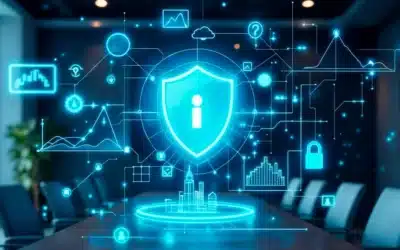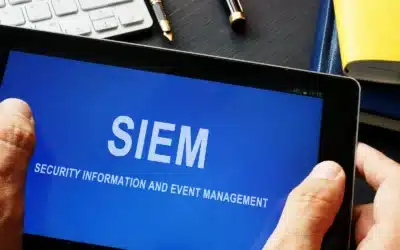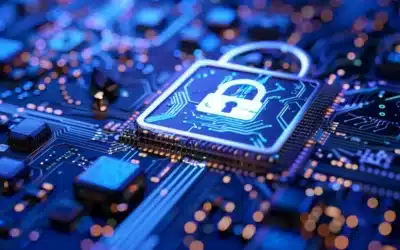News & Resources
Security Information and Event Management Solution: Key Features to Look For
Choosing the correct security information and event management solution can make or break an organization's cybersecurity strategy. With cyber threats becoming more sophisticated and frequent, businesses need comprehensive platforms that can collect, analyze, and...
What to Expect from EDR 2025: Trends and Innovations in Endpoint Security
The endpoint security market continues to transform at an unprecedented pace, with new threats emerging daily and organizations demanding more sophisticated protection mechanisms. As we look toward the future, EDR 2025 promises to bring revolutionary changes that will...
How to Implement EDR Best Practices for Effective Threat Detection
Endpoint Detection and Response (EDR) solutions have become fundamental components of modern cybersecurity strategies. As cyber threats grow more sophisticated, organizations need robust systems that can identify, analyze, and respond to potential security incidents...
The Future of Cyber Defense: Trends in Security Information and Event Management Software
The threat landscape for cybersecurity is changing at breakneck speed. Organizations are being bombarded with more creative attacks than ever before, and therefore, robust defense mechanisms become essential. Security information and event management software has...
SIEM Best Practices for 2025: Ensuring Optimal Security Operations
As businesses face an increasing number of cyber threats and stricter security regulations, ensuring robust cybersecurity has never been more critical. Security Information and Event Management (SIEM) systems are pivotal for organizations aiming to monitor and respond...
Integrating SIEM Threat Intelligence for Better Threat Detection
In today’s cybersecurity environment, businesses face increasingly sophisticated threats that evolve quickly and often bypass traditional defenses. As such, having an effective security strategy in place is no longer just an option—it's a necessity. One of the most...
EDR Providers vs Traditional Security Tools: What’s the Difference?
With ever-changing cyber threats, businesses need to redefine their security strategy. Although traditional security tools like antivirus software and firewalls have long been the backbone of cybersecurity, organizations are now moving towards EDR providers (Endpoint...
EDR Evaluation: What You Need to Know Before Implementing a Solution
In today’s cybersecurity landscape, protecting your business from sophisticated cyberattacks is more critical than ever. As cyber threats continue to evolve, traditional antivirus solutions are often inadequate. That’s where EDR (Endpoint Detection and Response)...
Why EDR Protection Should Be a Core Part of Your Security Strategy
In today's digital world, cybersecurity is more important than ever. With cyber threats becoming increasingly sophisticated and frequent, businesses must adopt comprehensive strategies to protect their networks, data, and sensitive information. One of the most...
SOC Service Provider Pricing: What You Should Know Before You Commit
When it comes to cybersecurity, protecting your business from evolving threats is a top priority. One of the most effective ways to secure your systems is by partnering with a Security Operations Center (SOC) service provider. These providers offer security operations...
Outsourced SOC Services: Key Features That Protect Your Business
As the threat landscape for businesses continues to grow more complex, ensuring robust cybersecurity has become a critical priority. With an increase in sophisticated cyberattacks and growing regulatory requirements, companies need effective and proactive security...
SOC for Service Organizations: Securing Client Trust and Reducing Risks
In today’s competitive business world, service organizations face increasing pressure to protect sensitive data, meet compliance requirements, and maintain client trust. One way service organizations can achieve this is by leveraging SOC (System and Organization...









